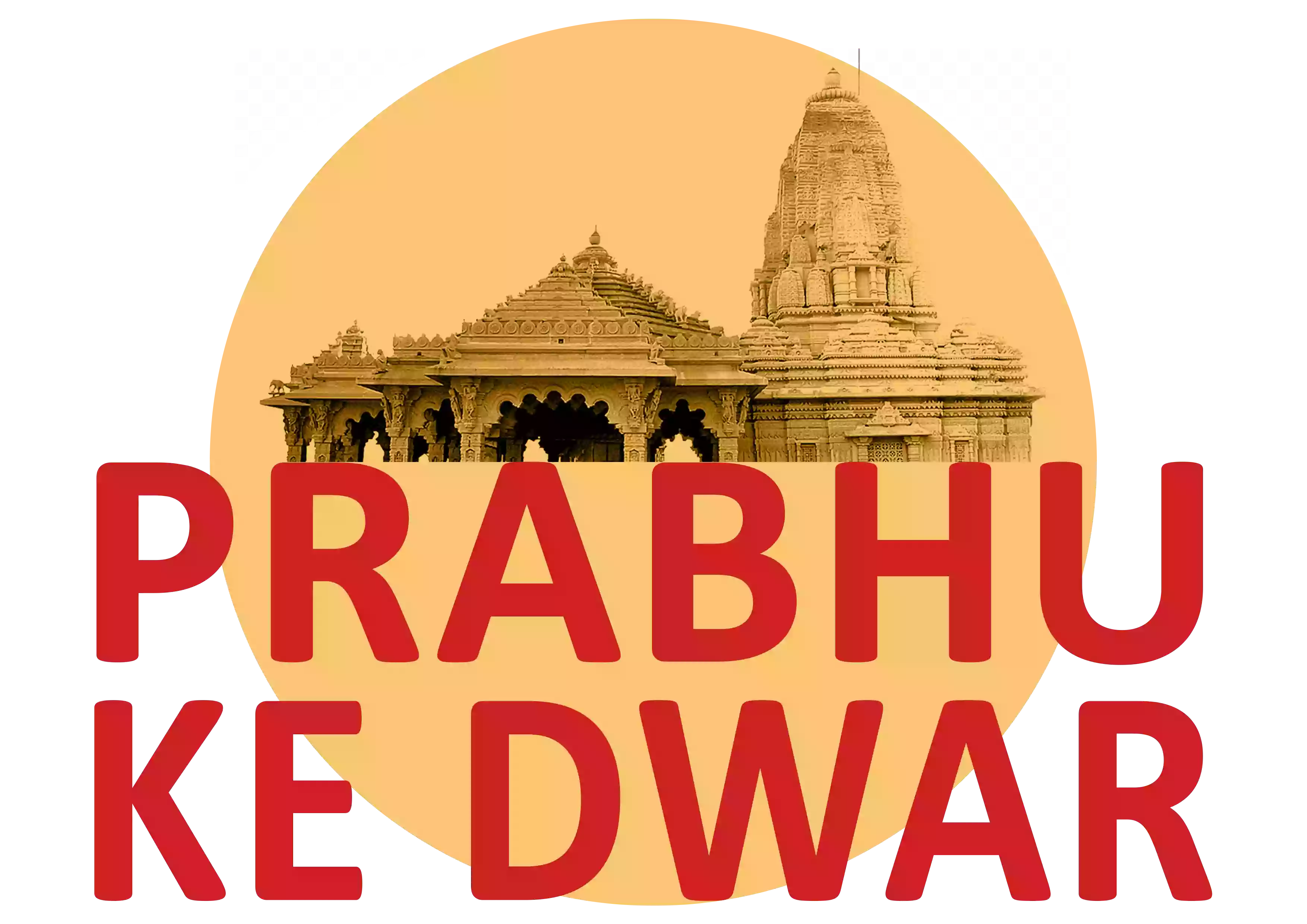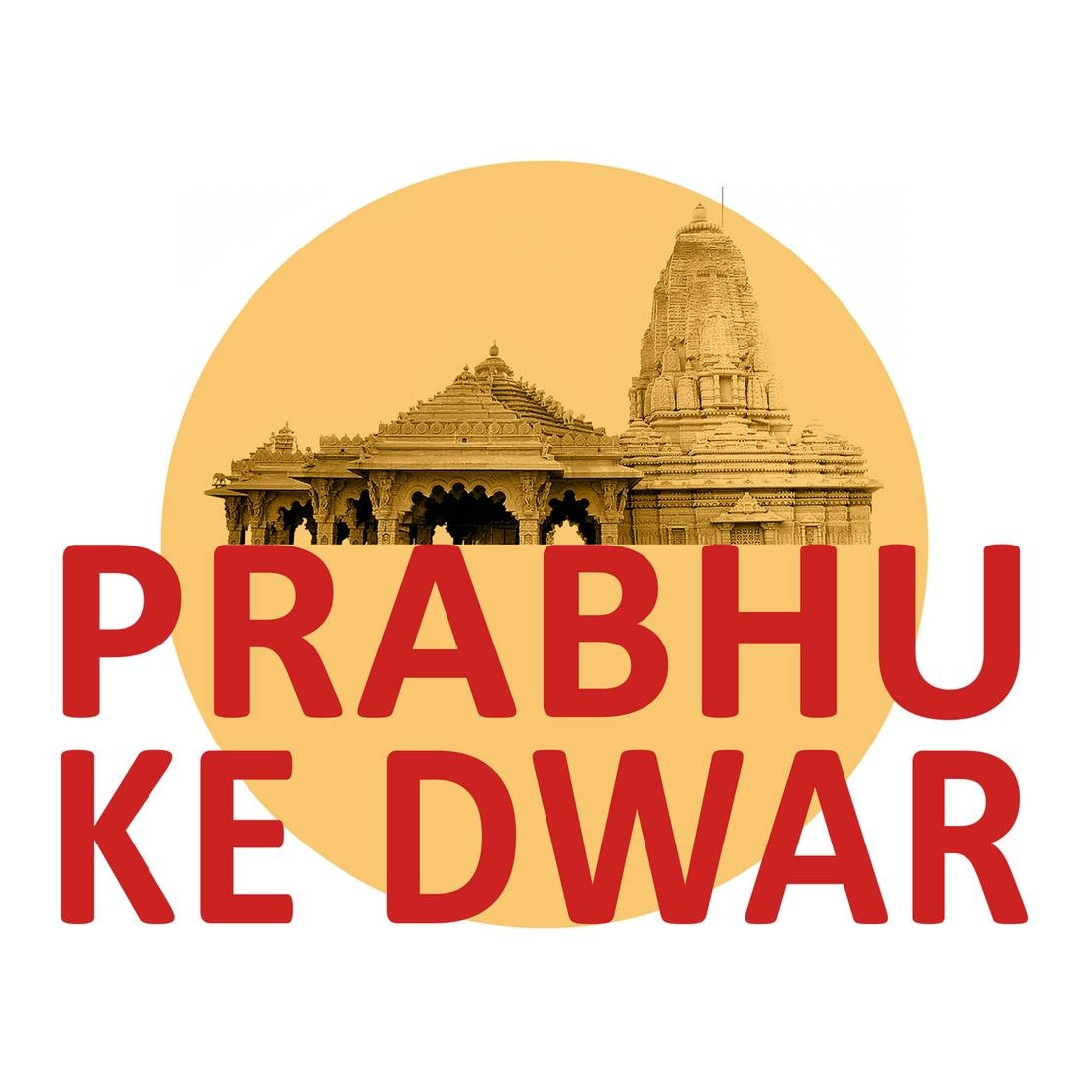The Gayatri Mantra is among the most revered and ancient mantras in Hinduism, originating from the Rigveda. Regarded as a universal prayer, it invokes divine guidance, spiritual clarity, and inner awakening. Revered across traditions, it continues to be a source of inspiration for seekers of peace, wisdom, and enlightenment.
What is the Gayatri Mantra?
The Gayatri Mantra is a Vedic hymn dedicated to Savitur (the Sun God), symbolizing the ultimate source of light, energy, and life. Unlike many mantras associated with specific sects, it carries universal appeal, transcending boundaries of religion and tradition. It is chanted for illumination of the intellect, mental clarity, and spiritual growth.
The Gayatri Mantra in Sanskrit, Transliteration, and English
Sanskrit Text:
Transliteration:
English Translation:
Om, we meditate upon the divine essence present in all three realms – Earth, Atmosphere, and Heaven. May the Supreme Creator, the source of all life and light, enlighten and inspire our intellect.
Significance of the Gayatri Mantra
Spiritual Enlightenment – Considered a tool for inner awakening, the mantra purifies the mind and soul, guiding the practitioner toward clarity and peace.
Divine Connection – Establishes a spiritual link with the cosmic energy of the Sun God, associated with health, wisdom, and vitality.
Universal Appeal – A mantra accessible to all seekers, regardless of caste, creed, or sect, symbolizing its timeless and inclusive nature.
Benefits of Reciting the Gayatri Mantra
Mental Clarity: Enhances concentration, focus, and memory.
Emotional Balance: Its vibrations calm the mind and reduce stress.
Spiritual Growth: Facilitates self-realization and inner transformation.
Correct Method of Recitation
Quiet Environment: Choose a serene place for uninterrupted chanting.
Posture: Sit comfortably with a straight spine and relaxed body.
Breathing: Take deep breaths to center the mind.
Devotion: Recite slowly with sincerity and focus, optionally using a mala for 108 repetitions.
Visualization: Imagine the radiant divine light of Savitur illuminating the mind and soul.
Traditionally, the mantra is recited three times a day — at dawn, noon, and dusk (Sandhya times), aligning with the natural cosmic rhythm.
Text and Interpretation
Sanskrit Version:
ॐ भूर् भुवः स्वः, तत् सवितुर्वरेण्यं, भर्गो देवस्य धीमहि, धियो यो नः प्रचोदयात्
English Rendering:
Om, the eternal divine sound. We meditate upon the glorious brilliance of Savitur, the Sun God. May that divine light guide and enlighten our intellect.
Word-by-Word Meaning:
Om: The primordial cosmic vibration.
Bhur Bhuvah Svah: The three realms – Earth, Atmosphere, Heaven.
Tat Savitur Varenyam: The divine splendor of Savitur (Sun God).
Bhargo Devasya Dhimahi: May divine radiance enlighten us.
Dhiyo Yo Nah Prachodayat: May our intellect be inspired and guided.
Overall Significance:
The mantra is both a prayer and a meditation — a call for illumination, wisdom, and spiritual awakening.
Goddess Gayatri – The Personification of the Mantra
Goddess Gayatri is regarded as the embodiment of the Gayatri Mantra itself. She is often depicted with five heads and ten arms, representing her infinite knowledge and powers that safeguard the seeker’s path to wisdom.
🔗 Read More Here About Goddess Gayatri
Spiritual and Practical Benefits
Mental Clarity: Relieves stress, sharpens focus, and stabilizes thoughts.
Spiritual Awakening: Strengthens the connection between the self and the divine.
Holistic Healing: Brings harmony to mind, body, and soul.
Frequently Asked Questions (FAQs)
Q: What is the Gayatri Mantra used for?
A: It is used for spiritual growth, mental clarity, emotional stability, and divine connection.
Q: How should it be pronounced?
Q: Who can chant it?
A: The Gayatri Mantra can be chanted by anyone, regardless of background or belief, as it is a universal prayer.
Q: How many times should it be recited?
A: Traditionally 108 times, though even a few sincere repetitions bring benefit.
Q: What are the best times for recitation?
A: Dawn, noon, and dusk — sacred moments known as Sandhya times.
Related Readings



